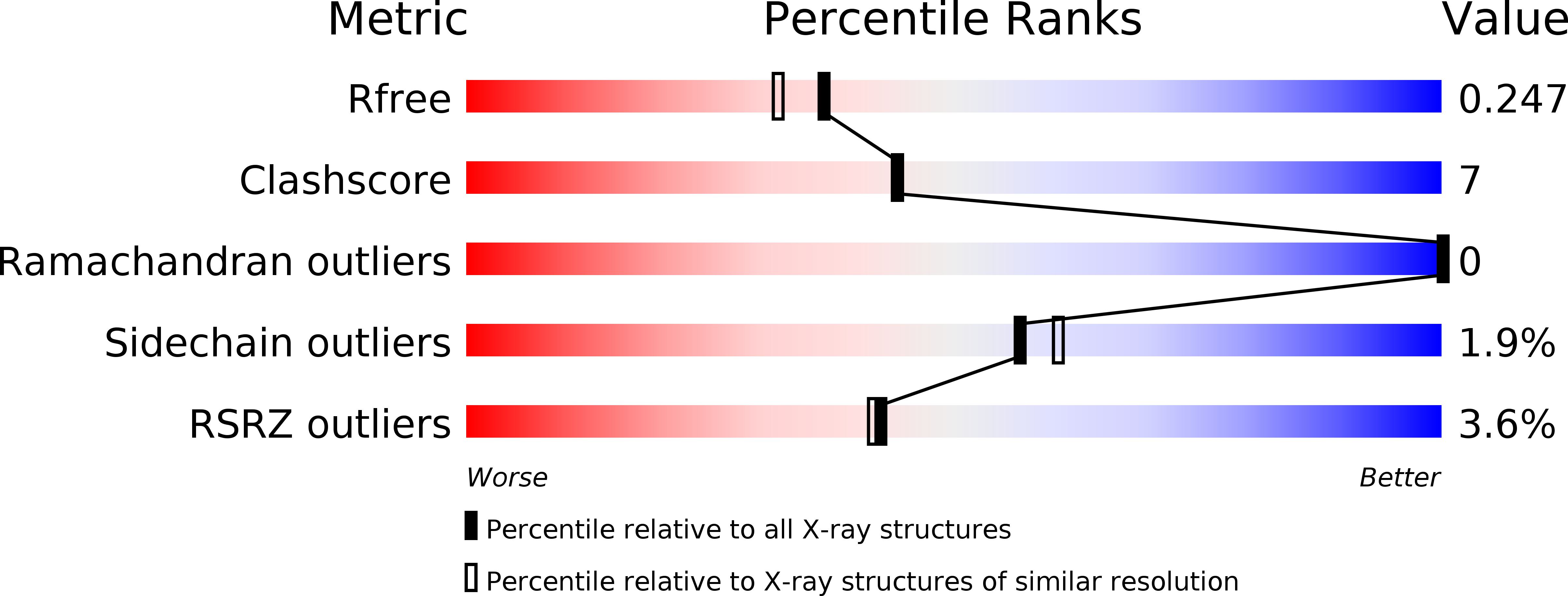
Deposition Date
2006-05-22
Release Date
2007-03-20
Last Version Date
2024-02-14
Entry Detail
PDB ID:
2H3G
Keywords:
Title:
Structure of the Type III Pantothenate Kinase (CoaX) from Bacillus Anthracis
Biological Source:
Source Organism:
Bacillus anthracis str. (Taxon ID: 198094)
Host Organism:
Method Details:
Experimental Method:
Resolution:
2.00 Å
R-Value Free:
0.25
R-Value Work:
0.21
R-Value Observed:
0.21
Space Group:
P 21 21 2


